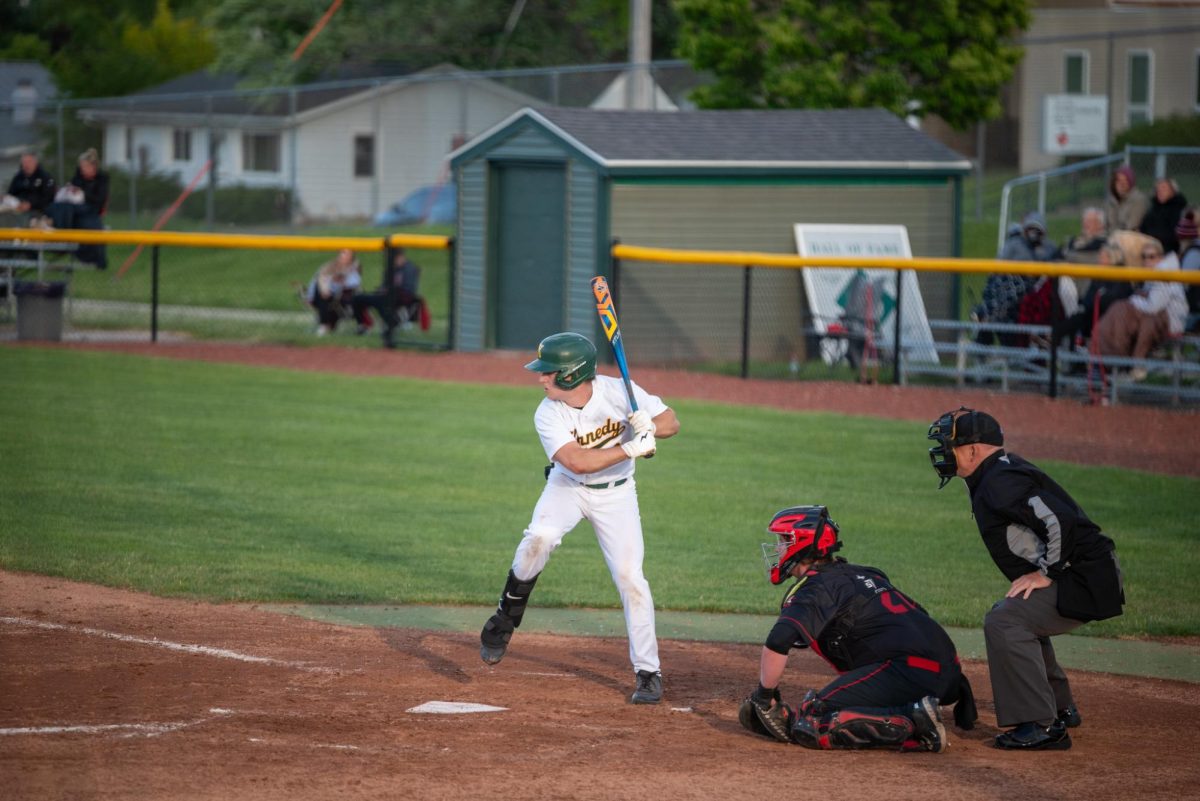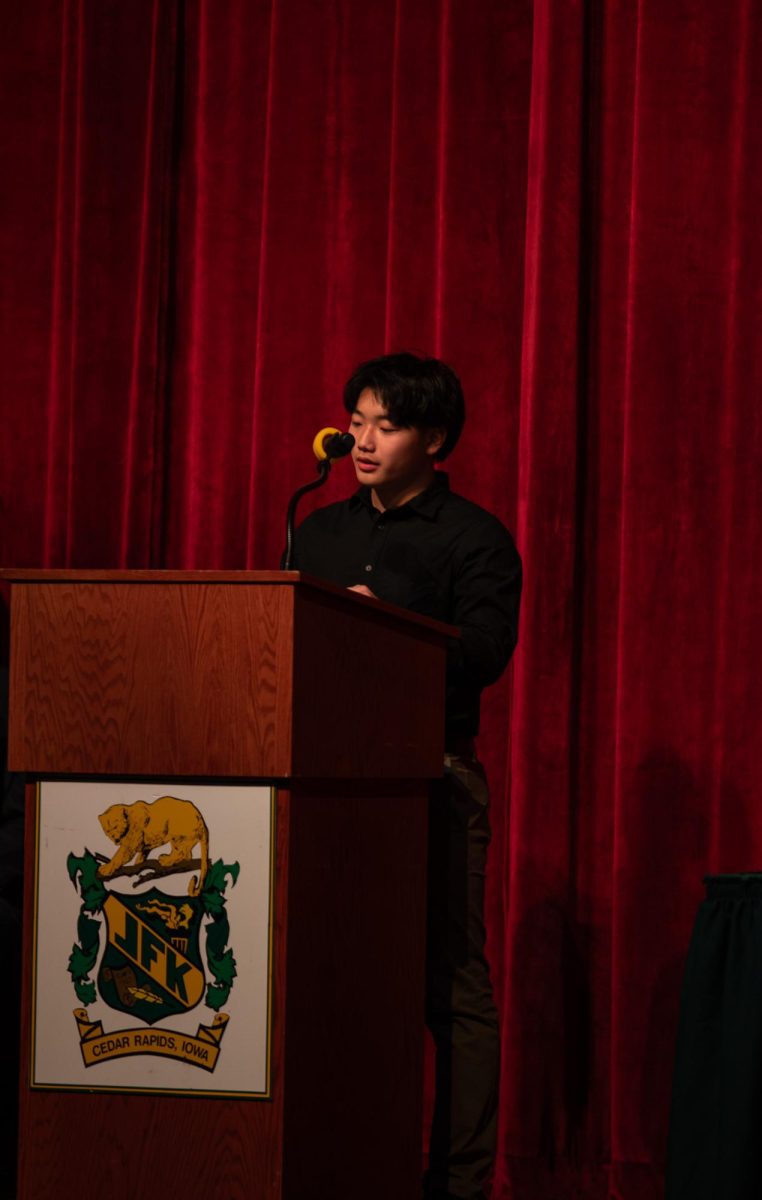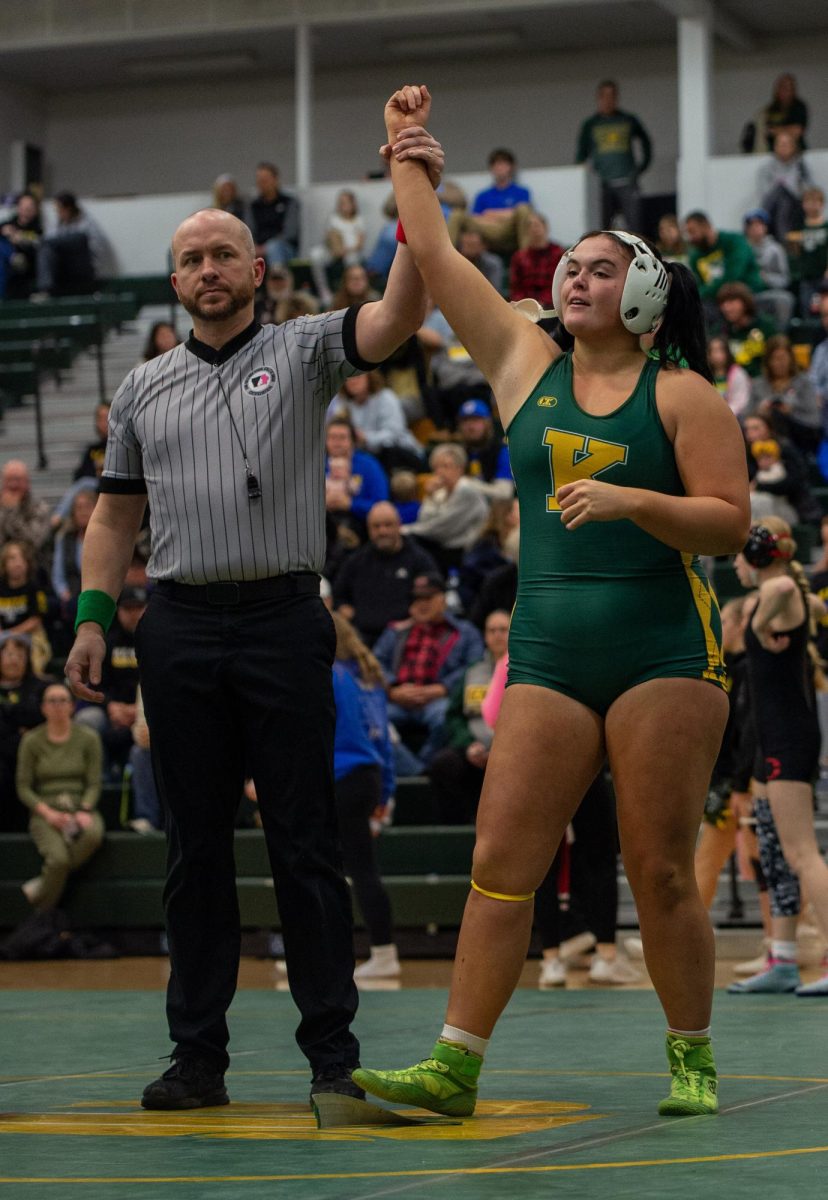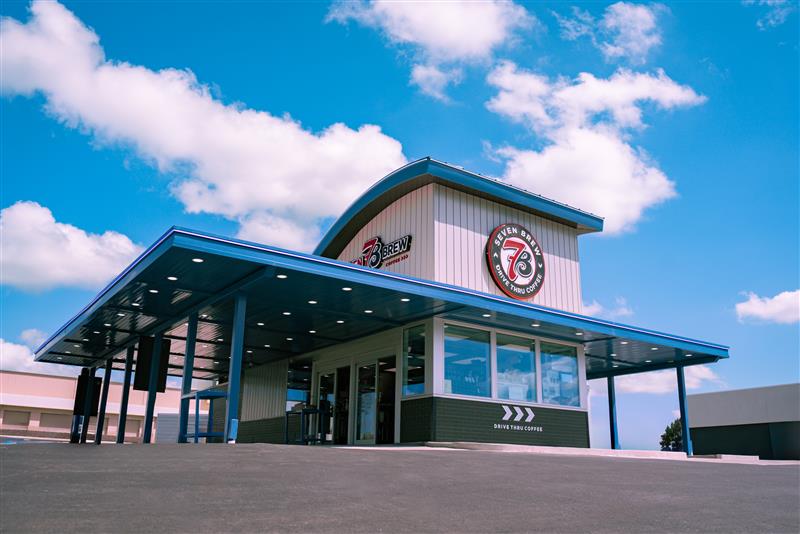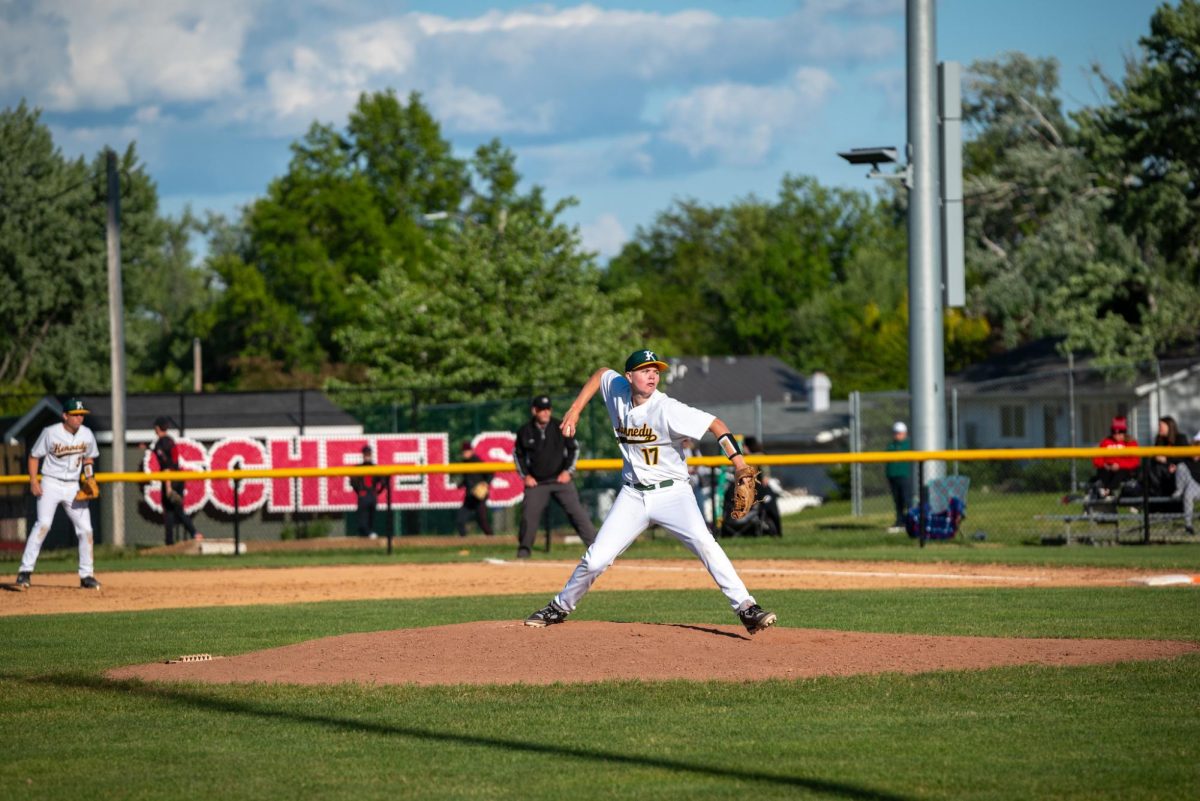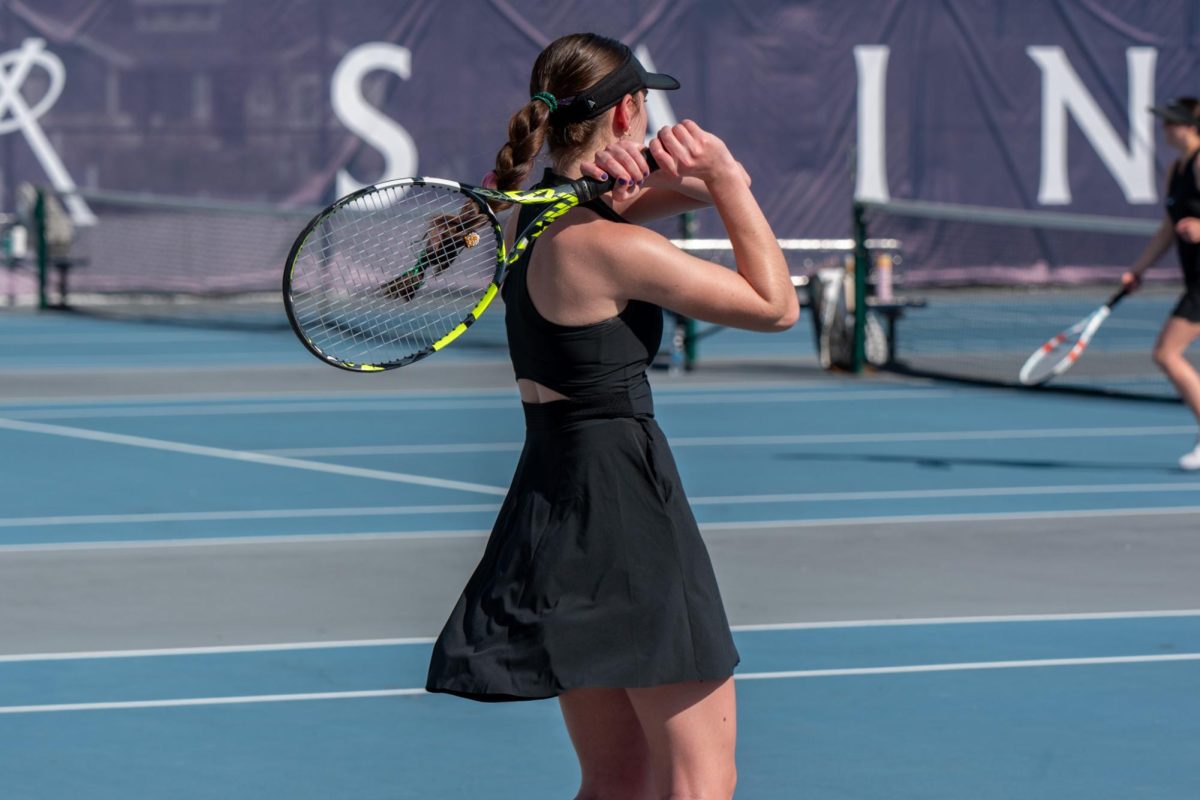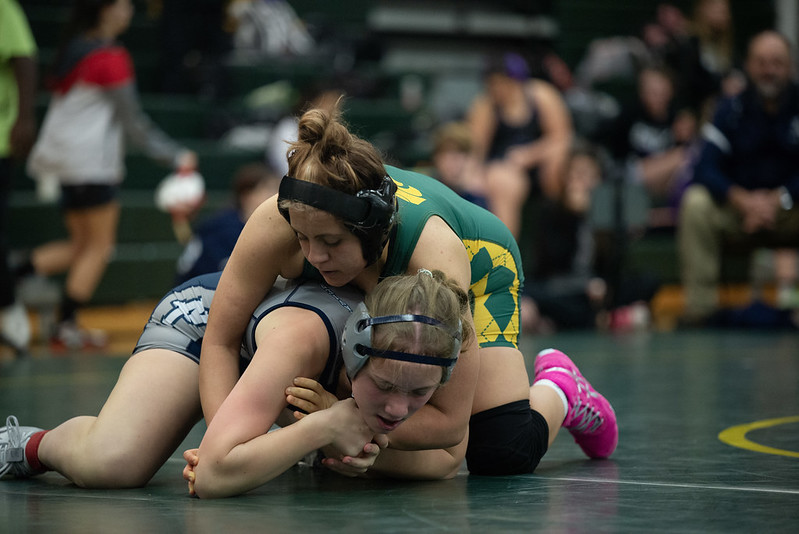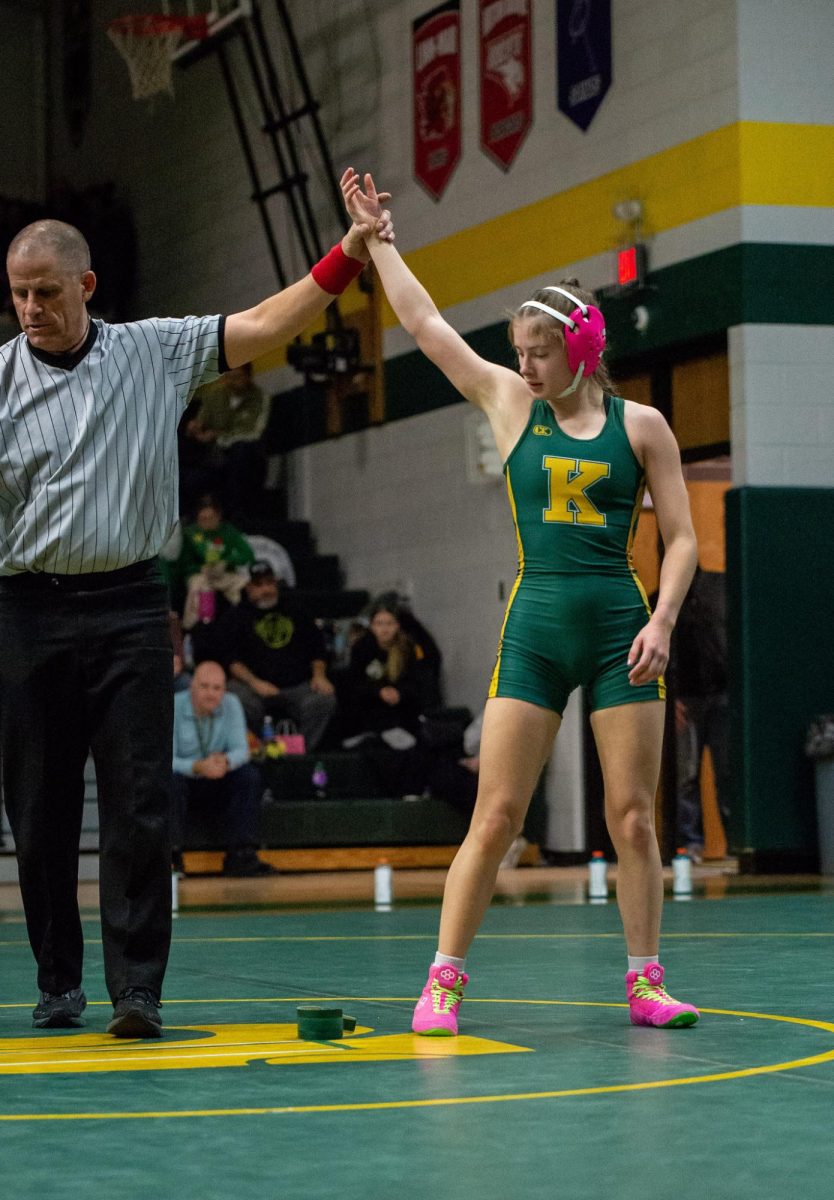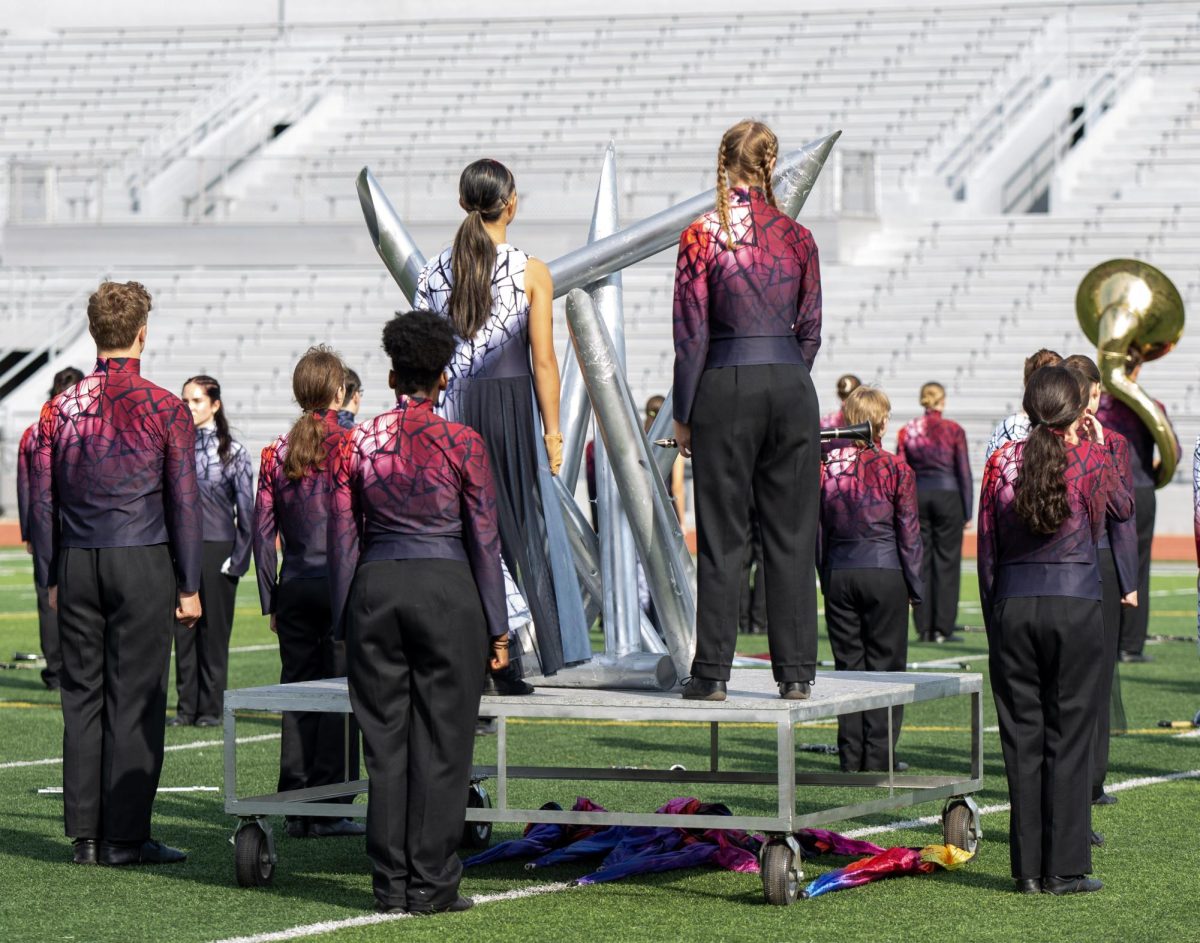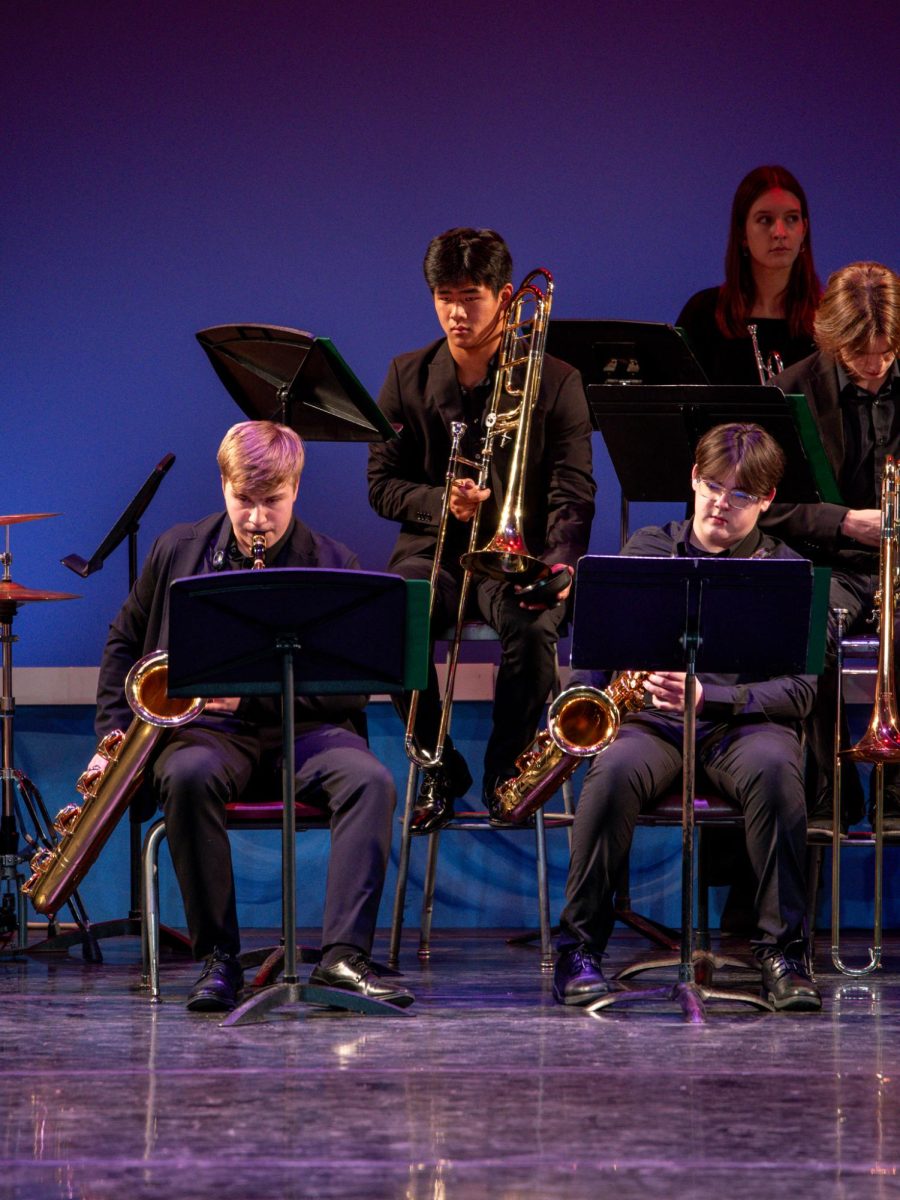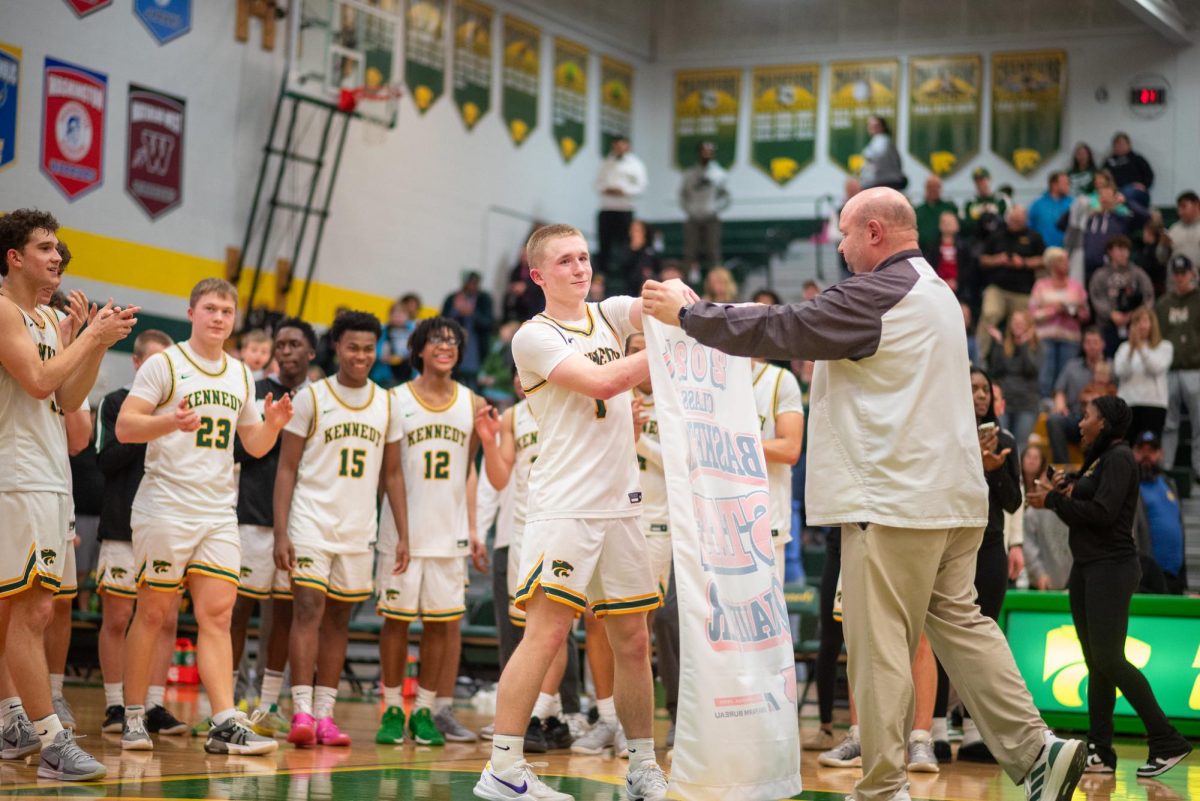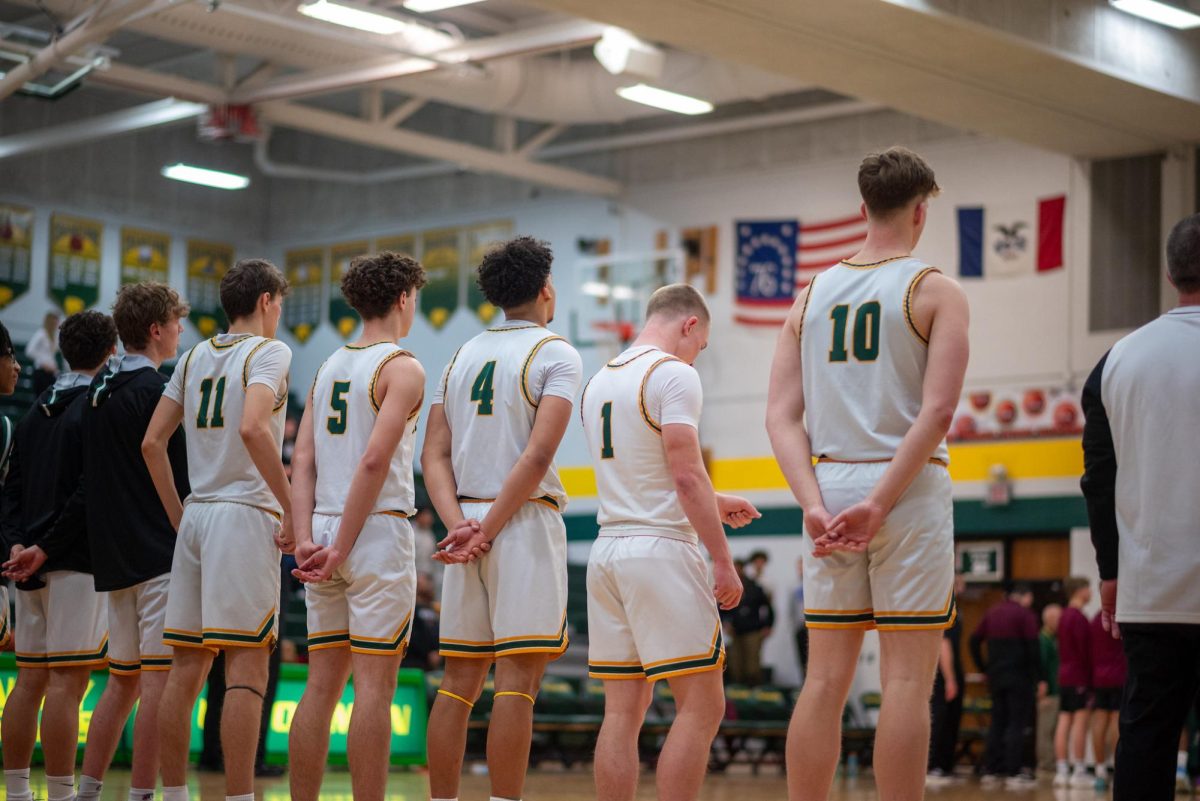Is Technology Helping Us?
Constant tech problems can leave students scratching their heads.
March 27, 2022
In 2018, providing every student in the CRCSD with a Chromebook seemed like a fantasy. Laptop carts were a coveted item in classrooms and computer labs required teachers to sign up weeks in advance.
Now, at Kennedy, Chromebooks are standard issue and are used in almost every class. Learning has transitioned from traditional paper-based assignments to a technology-based method. Assignments are now accessed through Google Classroom instead of handed out at the beginning of class.
Technology has led to phones in teens’ hands and SMART Boards in classrooms. Adrian Evans, social studies teacher, believes technology can be a great asset in the classroom.
“I think as we see technology getting into people’s daily lives, it would reflect badly on the teachers and education if we did not take advantage of the technologies that are available to help teach kids,” said Evans.
Heather McCauley-Benzow, math teacher at Kennedy, uses technology to help students and herself.
“If you have organization issues, it’s all [on the computer] so you don’t have to worry about losing paper,” Benzow said. “I don’t have to worry about keeping track of papers and there’s no arguments if [the student] submitted it or not.”
Chromebooks have made it easier for students to verify if they handed in assignments, organize their homework and see their grades.
Technology allows us to access more information than ever before, get our work done faster and save paper. In an interview with Jason Kline, Kennedy principal, he stated that having personal Chromebooks for every student is also cost effective.
CRCSD’s mission is “Every learner. Future ready.” Evans puts this into action in his teaching style by creating assignments that include technology while making it fun for students to learn.
“We have to get [students] ready for whatever comes next. Whether they choose to go into the workforce, trades or college, technology will be looking them in the face,” Evans said.
For a teenager, technology is not just about education. We are letting it run our lives.
We get up and check social media platforms. Jump in the car and call our friends. Class starts, and the teacher’s lesson becomes uninteresting so we pick up our phones. Get to lunch and check if anyone has answered our Snapchat. We get home, ignore our homework, family and everything outside the bedroom door as we look to our phones for the answer.
The average screen time for teenagers in America is 9 hours a day, according to the West Virginia Education Association.
Teenagers are addicted to screens. Addiction changes brain chemistry and has many adverse effects. Symptoms can include: loss of interest in other activities, preoccupation of their thoughts and lead to deception about screen time, according to Today’s Parent.
Students are sitting in class trying to pay attention while their brains crave screen time. This completely warps students’ internal reward system, causing them to not be interested in school, which affects their learning capabilities.
“The consequence of this technology is the universal shift of making real [connections] with real people to making artificial … connections with artificial beings,” David Stolley, middle school teacher, said. “I find it harder to connect with all students. I see students so tuned into their digital world that they don’t even know the names of people in the same class four months into the school year.”
Should education feed the addiction by using Chromebooks during the school day?
There is a time and place in education for technology. However, we need to consider the daily use that teenagers are already facing and find a way to use it sparingly.
At Kennedy, phone usage is not heavily monitored. Storm Ziegler and Ann Brunson, vocal music teachers at Kennedy, have found a way to combat too much technology usage in their classroom by using a system. Ziegler believes their classroom is not the place to socialize on cell phones and it is not beneficial for students to use their phones during class time. According to their system, attendance is taken based on if the students’ phones are in their designated spot on the wall at the start of class.
“I think that a lot of students actually appreciate the policy. They have been frustrated when they are focused and others are not. If the kids are being honest they would say it’s probably a good thing,” Ziegler said.
When used wisely, technology can greatly benefit students and teachers alike.
“It’s up to us to meet [students] where they are,” said Evans.
We have to be cautious of the effects that technology can have, especially in the social development of teenagers.
“Students, people, need more actual human connection,” Stolley said.

